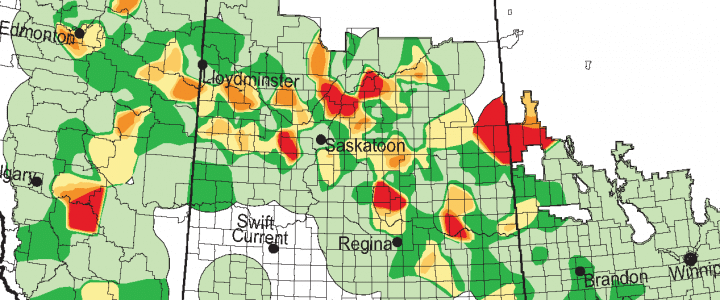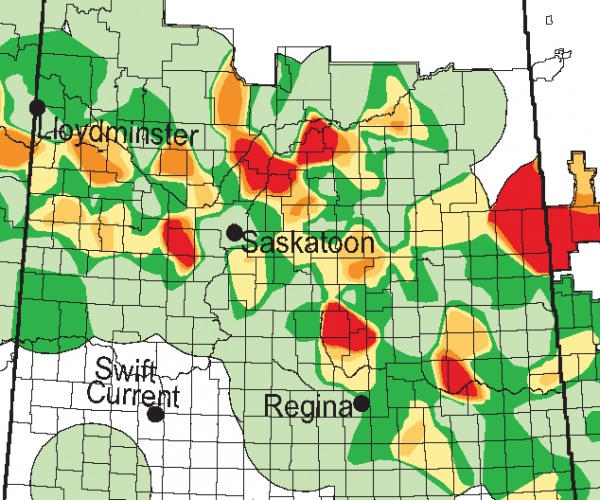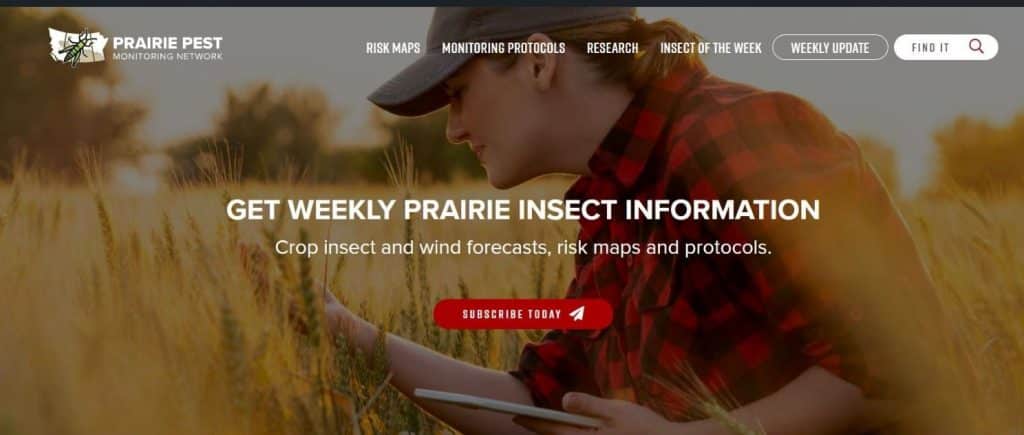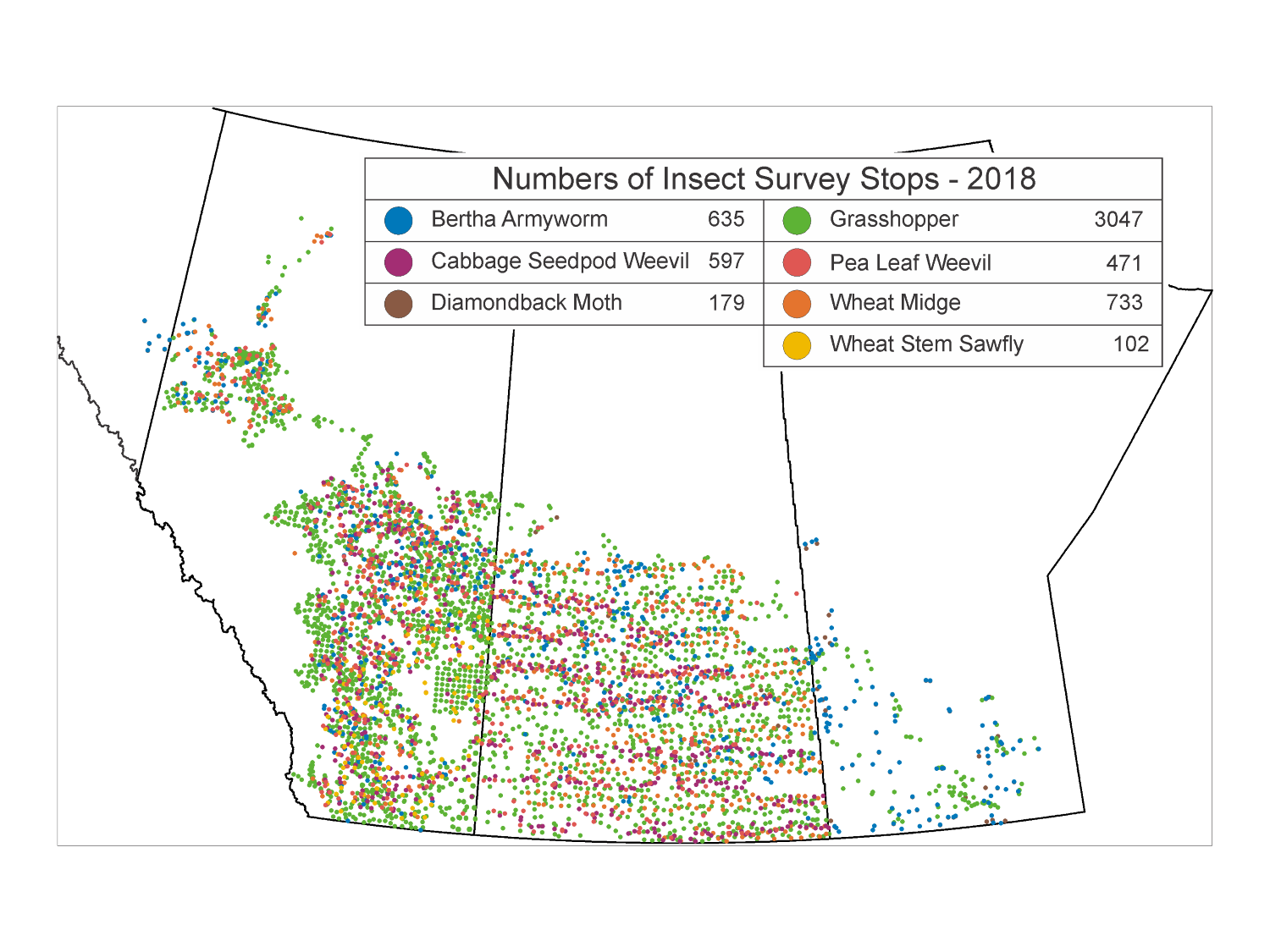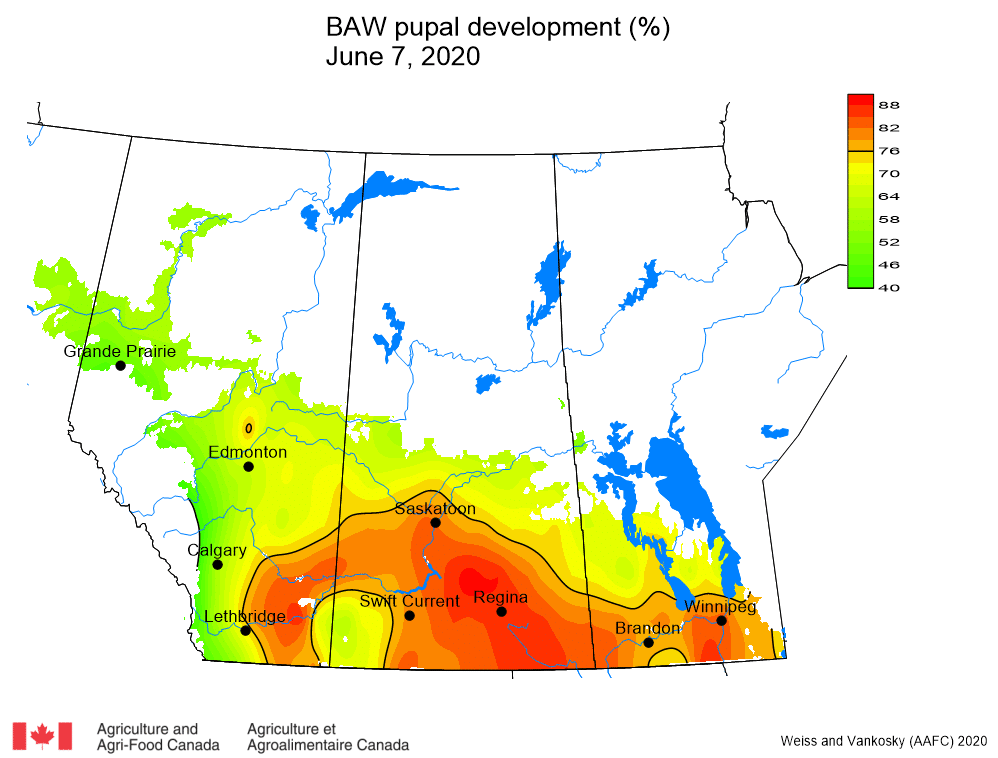Image source: Olfert’s ‘Co-ordinated monitoring, forecasting and risk warning for insect pests of field crops in Canada’ project
Pre-season preparations can include checking insect pest forecasts and considering management strategies that could be taken if those pests surpass economic thresholds. It can also be useful to review the survey results of insect pest populations and distributions from the previous growing season and plan out which pest surveillance efforts will be taken in the upcoming season. Fortunately, there are many provincial and Prairie-wide resources to assist canola growers and agronomists with this, including those covered in this blog.
Coordinating Prairie-wide insect monitoring
The increase in canola acres over the last few decades have also increased the potential canola insect pest risks, as the crops provide a feeding opportunity for many insects. As stated in the Co-ordinated monitoring, forecasting and risk warning for insect pests of field crops in Canada report “when insect pest outbreaks occur in one area their impact is eventually felt across the entire canola growing region”.
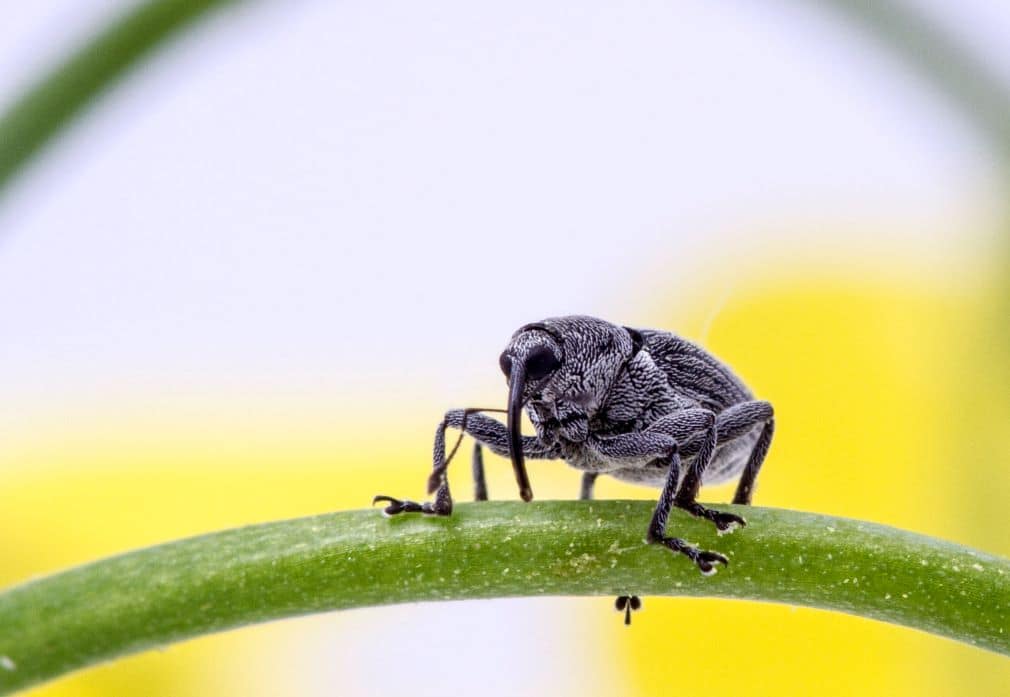
This makes a regional pest monitoring program vital to keeping the agriculture industry informed of the risks to crop production from insect pests. Timely and accurate forecasts and risk warnings are a priority for decision-making and for implementation of commodity-specific risk reduction strategies.
Dr. Owen Olfert led a team of 11 researchers from across the Prairies on this collaborative project to:
- monitor existing/emerging pest populations (including, but not restricted to, bertha armyworm, diamondback moth, wheat midge, cabbage seedpod weevil).
- forecast pest damage potential, and quantify the potential of new invasive species to establish in Canada.
- produce timely risk warnings.
A huge amount of useful population and distribution information was collected from this projects and some of it was summarized in the Prairie maps, which are available in this final report. Coupled with some climate models, their results also indicated that risks associated with canola pollen beetle, cabbage seedpod weevil and cereal leaf beetle will likely become more intense, both in terms of severity and in their ability to become established in areas where they do not yet occur.
Insect forecasting and risk warning systems
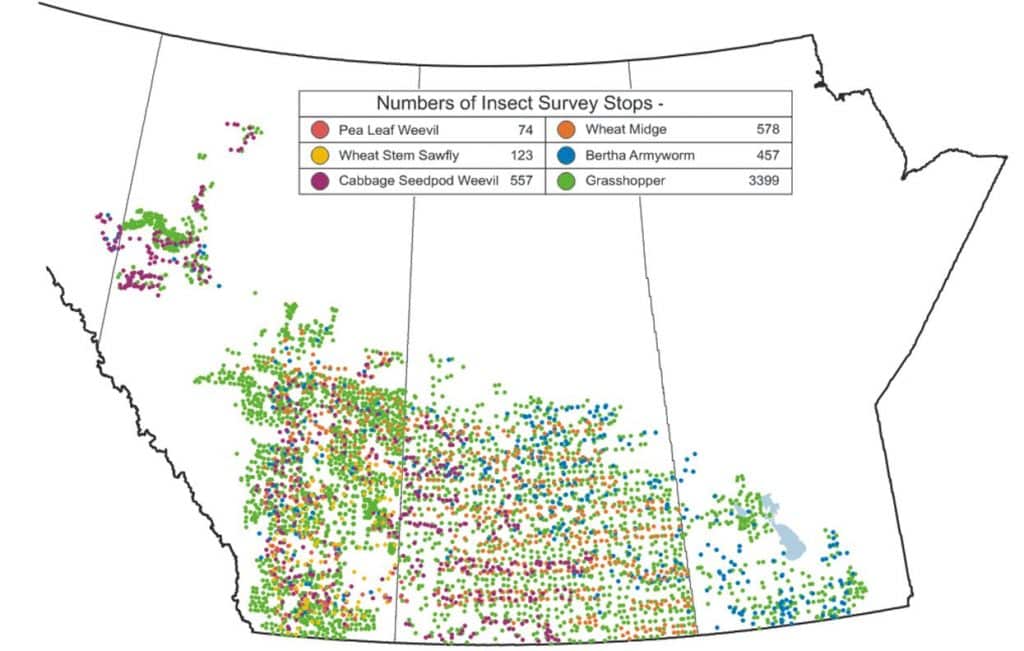
The legend indicates the annual number of survey stops for each pest species.
Next, Dr. Owen Olfert and Dr. Jennifer Otani teamed up with a team 10 researchers from across the Prairies for the ‘Development of reduced-risk strategies through coordinated monitoring, forecasting and risk warning systems for insect pests of field crops’ project.
A vast network of approximately 5000 insect pest monitoring sites were set up by the excellent team of collaborators across the Prairie Ecosystem again in 2012. Effective insect monitoring protocols were created to ensure that best monitoring practices were used to produce the highest quality data. They continued to provide great value to subsequent entomology research and are hosted by the Western Forum on Pest Management.
Sites included multiple types of insect traps (e.g. pheromone or sticky traps), specific to the eight key pest species targeted in the study. To track insect development, degree days were calculated using Environment Canada’s near real-time weather information. Wind trajectories were also analyzed to assist in predicting the migration threat of diamondback moth and leafhoppers from USA and Mexico to Canada.
The coordinated monitoring, forecasting and risk warning analysis culminated an impressive Prairie-wide, provincial and regional insect forecast maps, risk warnings and weekly update posts. This also set the stage for a more permanent pest monitoring network.
Analytical advances for insect pests
To further develop assessment technologies and crop management tools for control of insects, weeds and diseases in canola and complemented the timely risk maps and warning efforts already in place, Olfert then led the ‘Detection, surveillance and management of weed, insect and disease pests that threaten the economic viability of crop production and the environmental health of Prairie agro-ecosystems’ project. This study accomplished its objectives of:
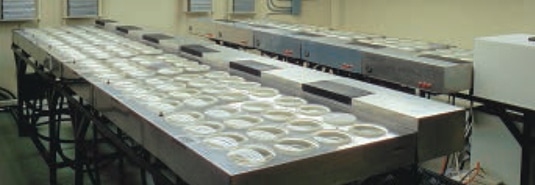
- developing and implement field surveillance technologies and laboratory assays.
- develop novel forecast and risk assessment technologies.
- determine ecological, biological, climatological and crop management relationships that influence pest status.
- develop new alternative integrated control and mitigation tactics.
This project included some interesting findings about:
- Lygus bugs:
- Relative abundance of lygus bugs in weeds in the spring weeds has no relationship to lygus counts in canola later in the season.
- Sweep netting in canola at the pod stage likely severely underestimates the number of lygus nymphs.
- Flea beetles:
- Striped flea beetles emerged two to three weeks earlier than crucifer flea beetles and both species emerged 1-5 days sooner in early-seeded canola.
- Both species also emerged earlier in years with above-average temperatures.
- Despite low infestations trends suggested reduced flea beetle feeding with increased wheat stubble height.
- Multiple pest species:
- Risk forecasts for bertha armyworm, cabbage seedpod weevil, grasshoppers, pea leaf weevil, and wheat midge were made using spatial analysis systems (Arc-GIS, SPANS) to summarize the insects’ distribution and density data.
- Risk estimates of grasshoppers, cereal leaf beetle, kochia and fusarium headblight under a changing climate were created using General Circulation Models, weather data and considering pest biology. Results suggested all four pests could increase their range and relative abundance in northern regions of North America, compared to current conditions.
Collaborative network for Prairie insect pests
The success of the previous research set the stage for the ‘Coordinated surveillance, forecasting and risk warning systems for field crop insect pests of the Prairie ecosystem’ project which involved the formal development of the Prairie Pest Monitoring Network (PPMN) site, which provides forecasts, risk maps, entomology research, and monitoring protocols for crop pest insects across Western Canada as well as free weekly updates throughout the growing season. PPMN also uses wind trajectory models to predict the arrival of diamondback moths (as well as aster leafhoppers) from their overwintering areas in the United States.
The PPMN is comprised of field crop entomologists who conduct research and actively monitor insect pest populations. It includes researchers from Agriculture and Agri-Food Canada, Manitoba Agriculture and Resource Development, Saskatchewan Ministry of Agriculture, Alberta Agriculture and Forestry, and university researchers. Industry stakeholders provide regular input and valuable insight at annual PPMN working group meetings.
Provincial insect surveillance
In addition to Prairie-wide collaborations, there are provincial insect survey efforts in Manitoba, Saskatchewan and Alberta that take place each year. Check out these monitoring outcomes and predictive forecasts from these provincial agriculture websites:
- Manitoba Agriculture – Summaries of Insects on Crops in Manitoba (including the 2021 season insect report), tips on how to scout for Insect Pests and protocols and results from Insect Monitoring and Forecasting Programs.
- Ministry of Saskatchewan – Learn about common crop pests, economic thresholds for controlling some of them as well as insect survey summary and forecast maps.
- Alberta Insect Pest Monitoring Network – Check out the Live feed maps and Annual surveys and maps from the Government of Alberta.
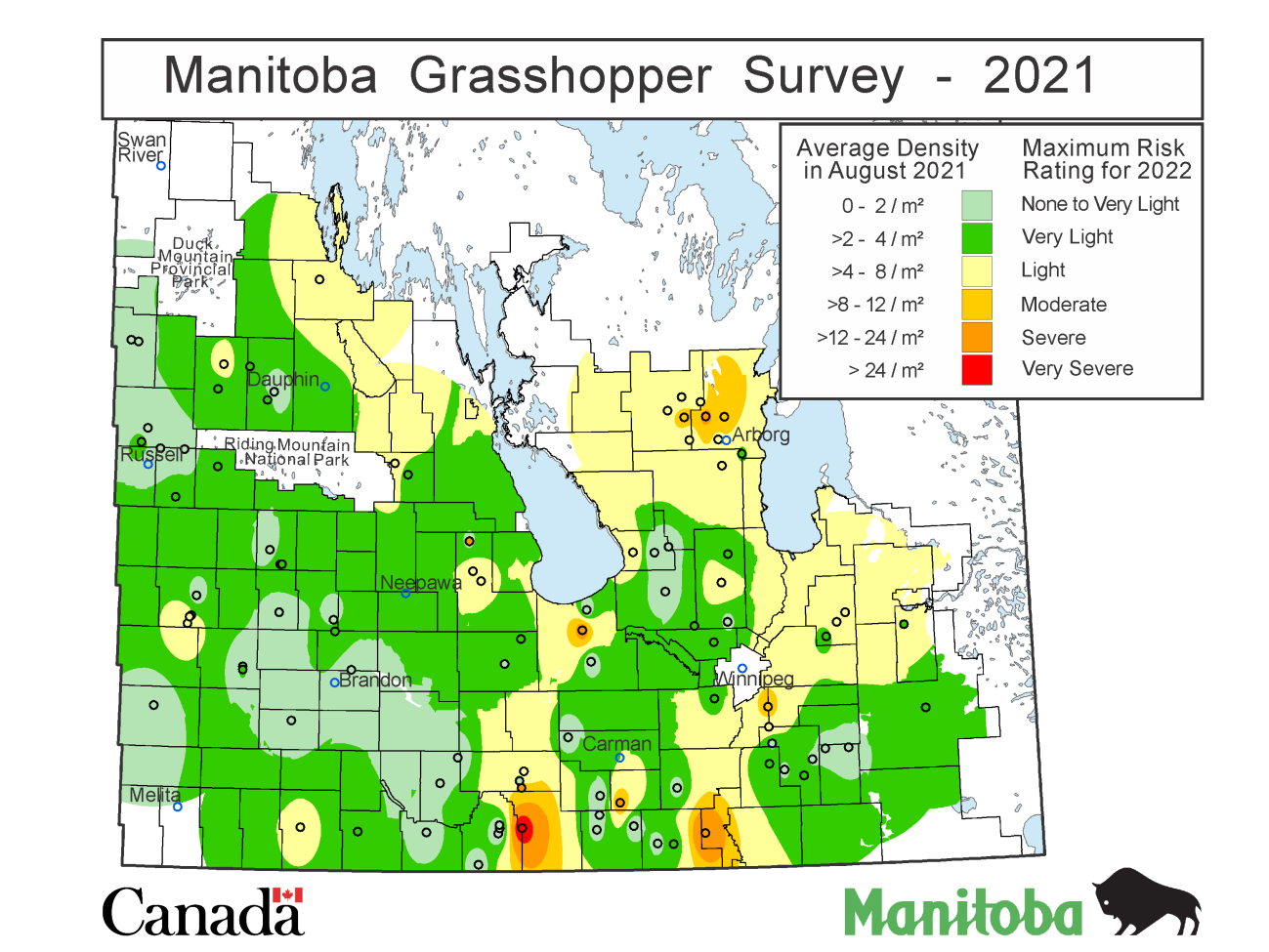
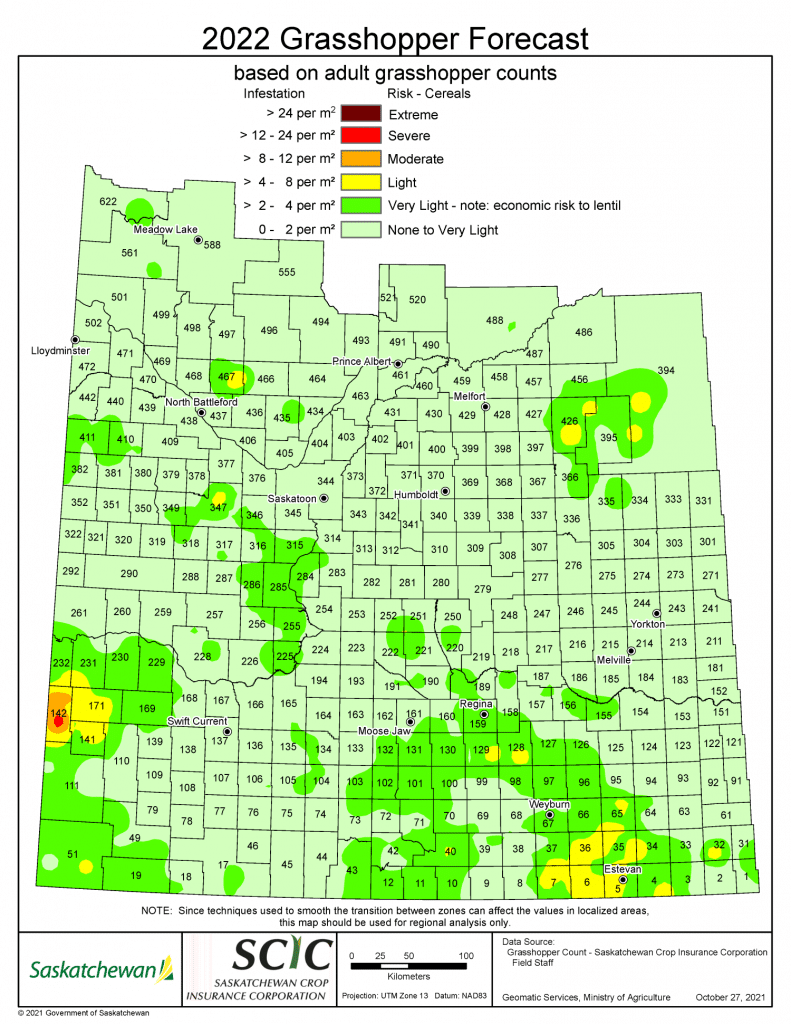
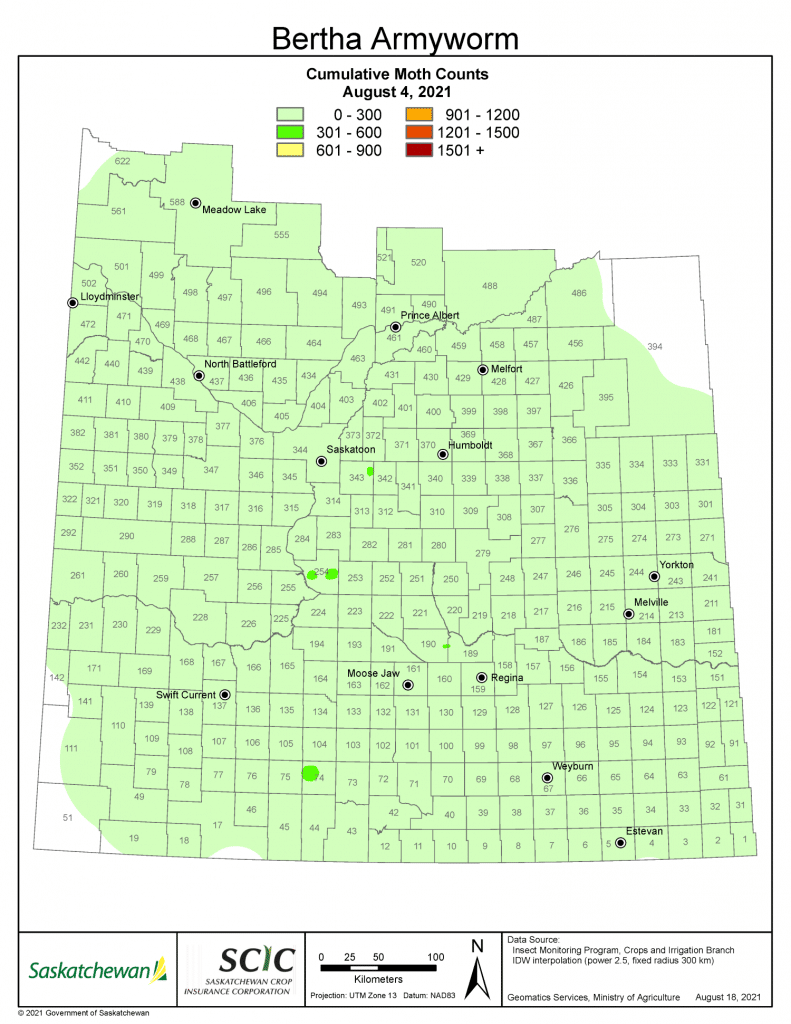
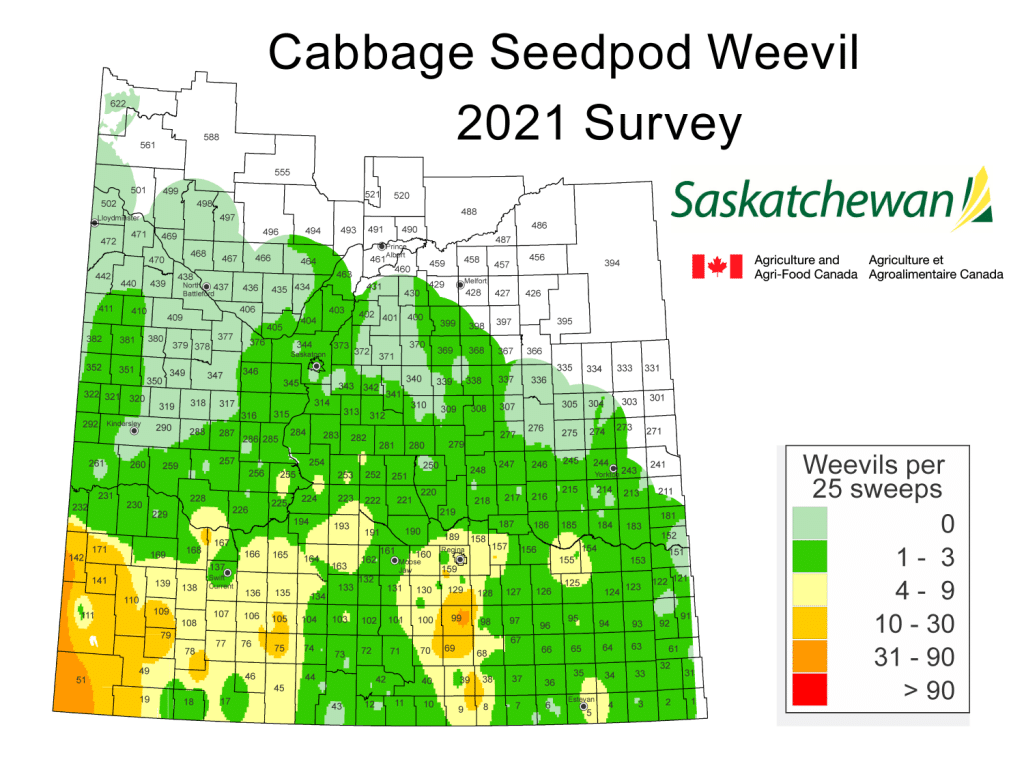
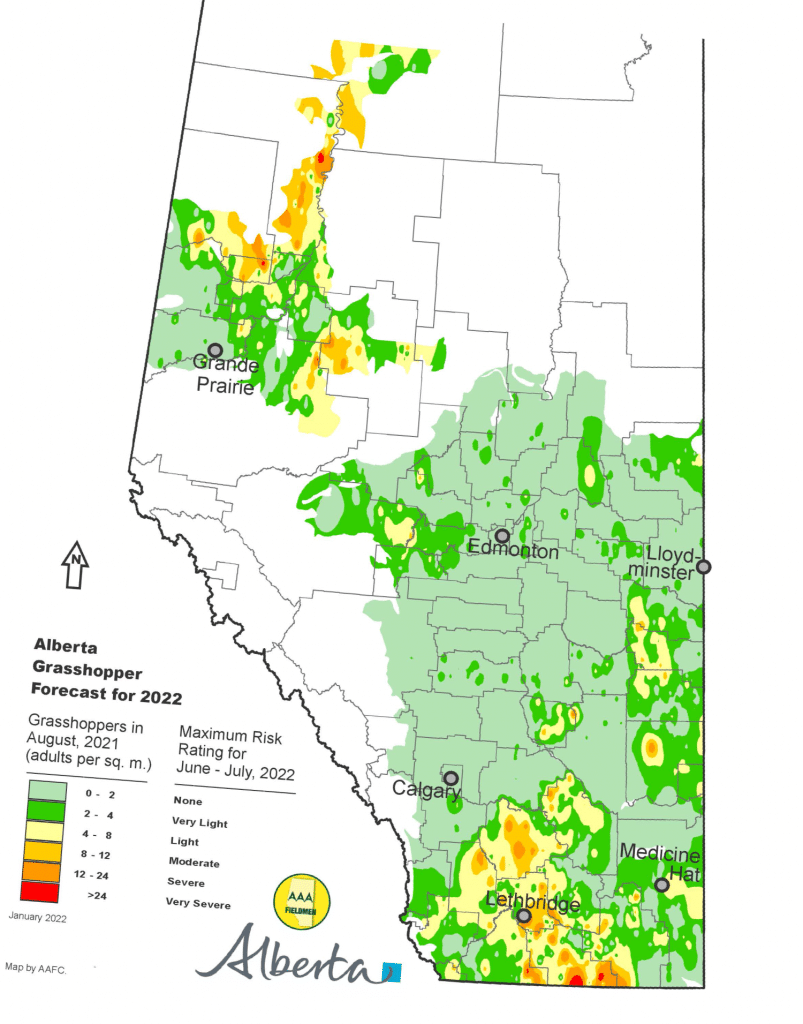
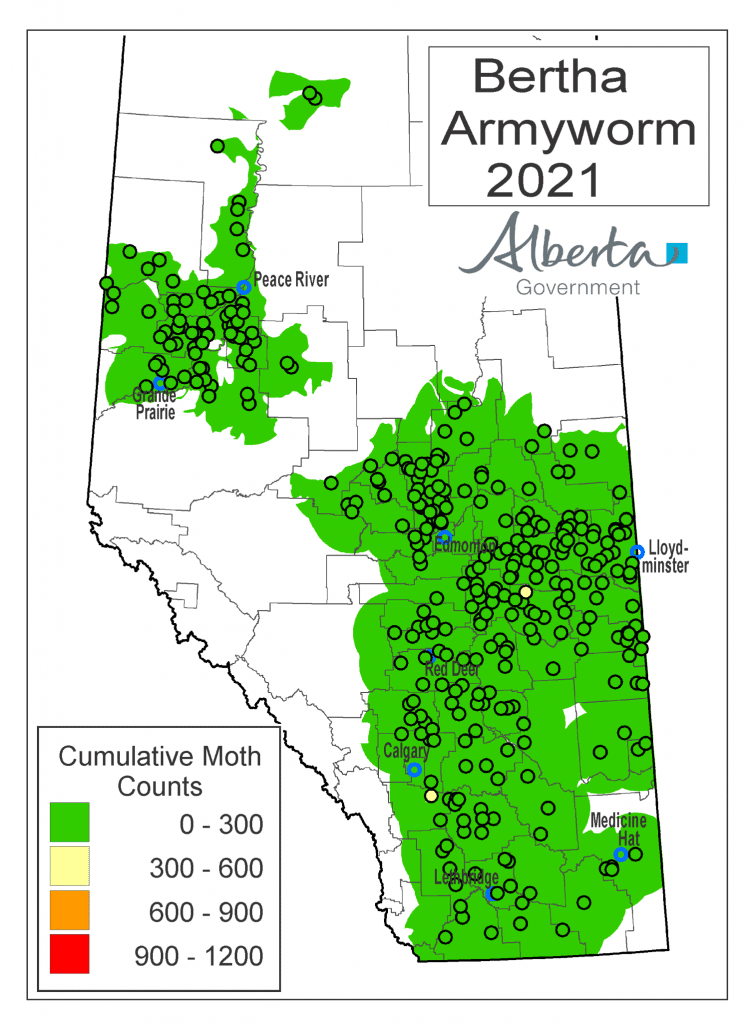
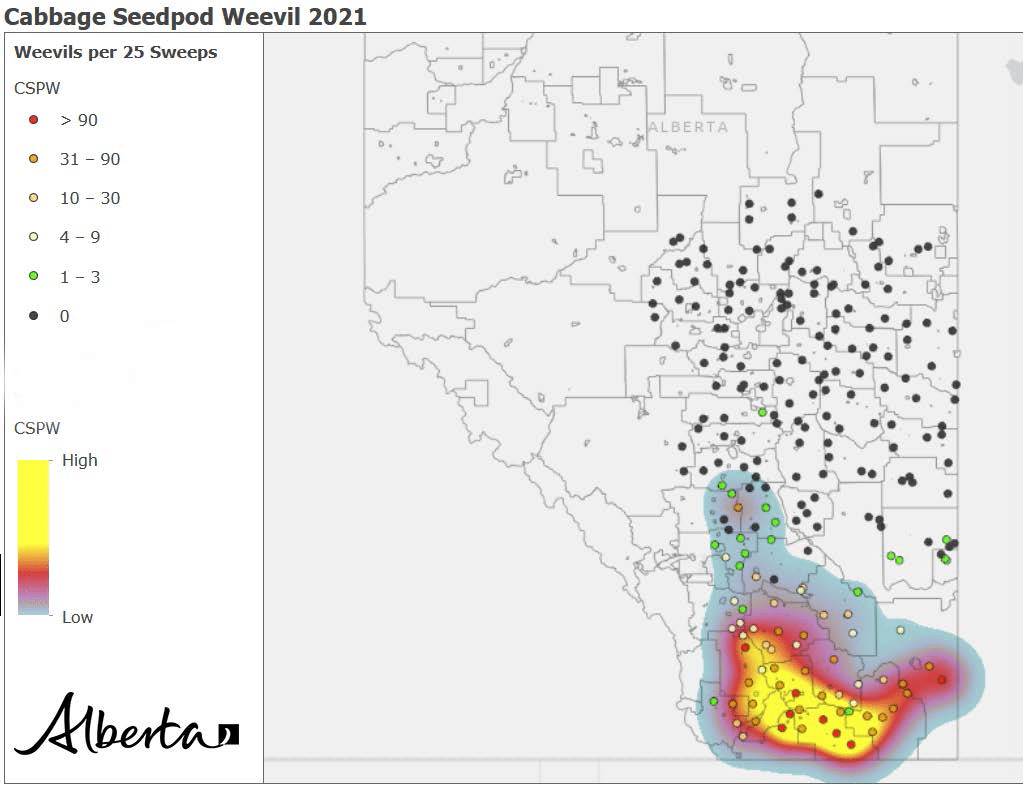
Get involved!
For those wanting to participate in insect monitoring efforts, here are some helpful resources and ways to contribute:
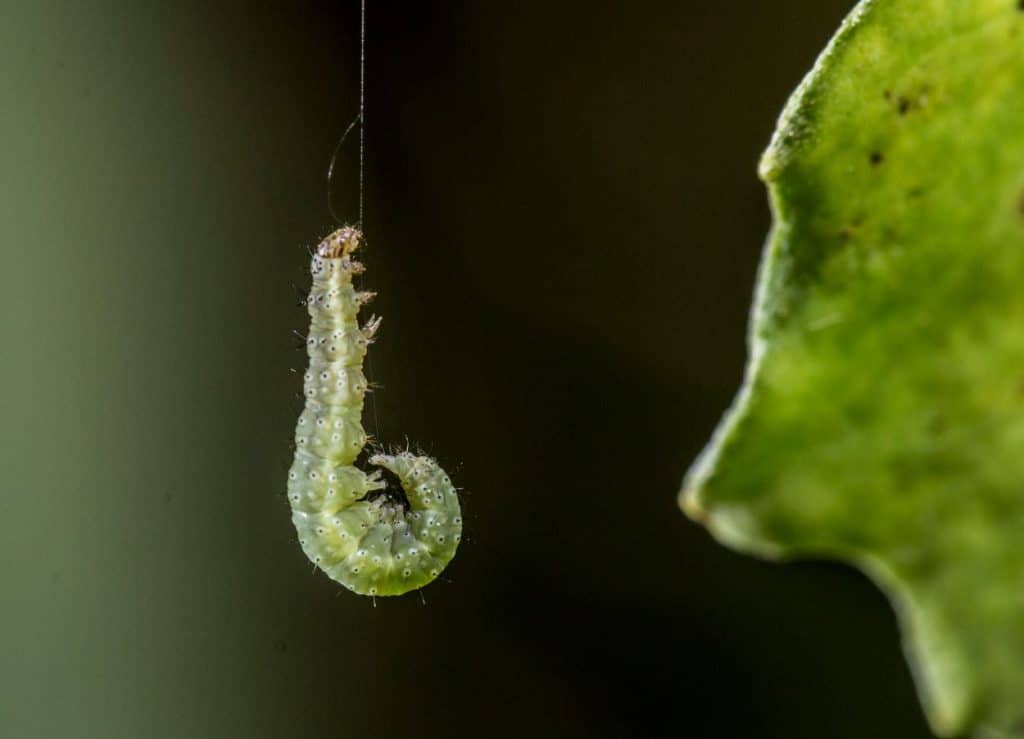
- Field Heroes – The field guide, crop and pest scouting guides can ensure proper insect identification when surveying. The sweep net scouting tips and video series can confirm proper technique is being used to collect the best quality datasets.
- Pest monitoring in Saskatchewan – Allow the Government of Saskatchewan staff and its partners access to your land to continue this valuable work of insect pest monitoring so they can keep providing you with valuable and timely information on these pests. To participate, sign up via this short online form.
- Alberta Insect Pest Monitoring Network:
- Annual insect surveys – Get involved with the annual insect count by signing up to allow surveyors access to your land. Producers who participate help build population maps of pest insects. They also receive the results of the fields visited. To sign up email Shelley.
- Ongoing monitoring efforts: Crop consultants and farmers can fill out forms to report location and other details about suspected Cabbage seedpod weevil and Cutworm finds.
- Keep an eye out for crop invasive species:
- If any of the invasive insects, including bronzed blossom pollen beetle, brown marmorated stink bug, Japanese beetle, lesser grain borer or western bean cutworm are suspected, capture them in a container record where you captured them and freeze them. Then contact bugs.r.us@gov.ab.ca
- If you find damage to canola plants that looks like it may have been caused by swede midge, collect the sample and email bugs.r.us@gov.ab.ca
- Subscribe to the Prairie Pest Monitoring Network weekly newsletter to receive information on crop insects, wind forecasts, risk maps and protocols.
- Resource material:
- Canola Council of Canada’s Canola Insect Scouting Guide and the Canola Encyclopedia
- AAFC’s Guide to pest wireworms in Canadian Prairie field crop production
- AAFC’s Cutworm Pests of Crops on the Canadian Prairies
- AAFC’s Field Crop and Forage Pests and their Natural Enemies in Western Canada guide
- Field Heroes scouting guides
Additional insect-monitoring research
Learn some key conclusions from these other projects using insect monitoring and surveillance forecasting which are featured on the Hub:
- Surveillance networks for beneficial insects: can natural habitats serve as insect reservoirs, and do they contribute to canola yield?
- Optimizing canola production through biological control of virulent strains of blackleg pathogen and insect pests of canola
- Integrated approaches for flea beetle control – economic thresholds, prediction models, landscape effects, and natural enemies
- Aster yellows and Swede midge – new threats to Prairie canola production
More entomology research can also be found:
- In the Alberta Canola’s research database
- Amongst SaskCanola’s new research library
- Within the Manitoba Canola Grower’s research database
Published March 17, 2022


